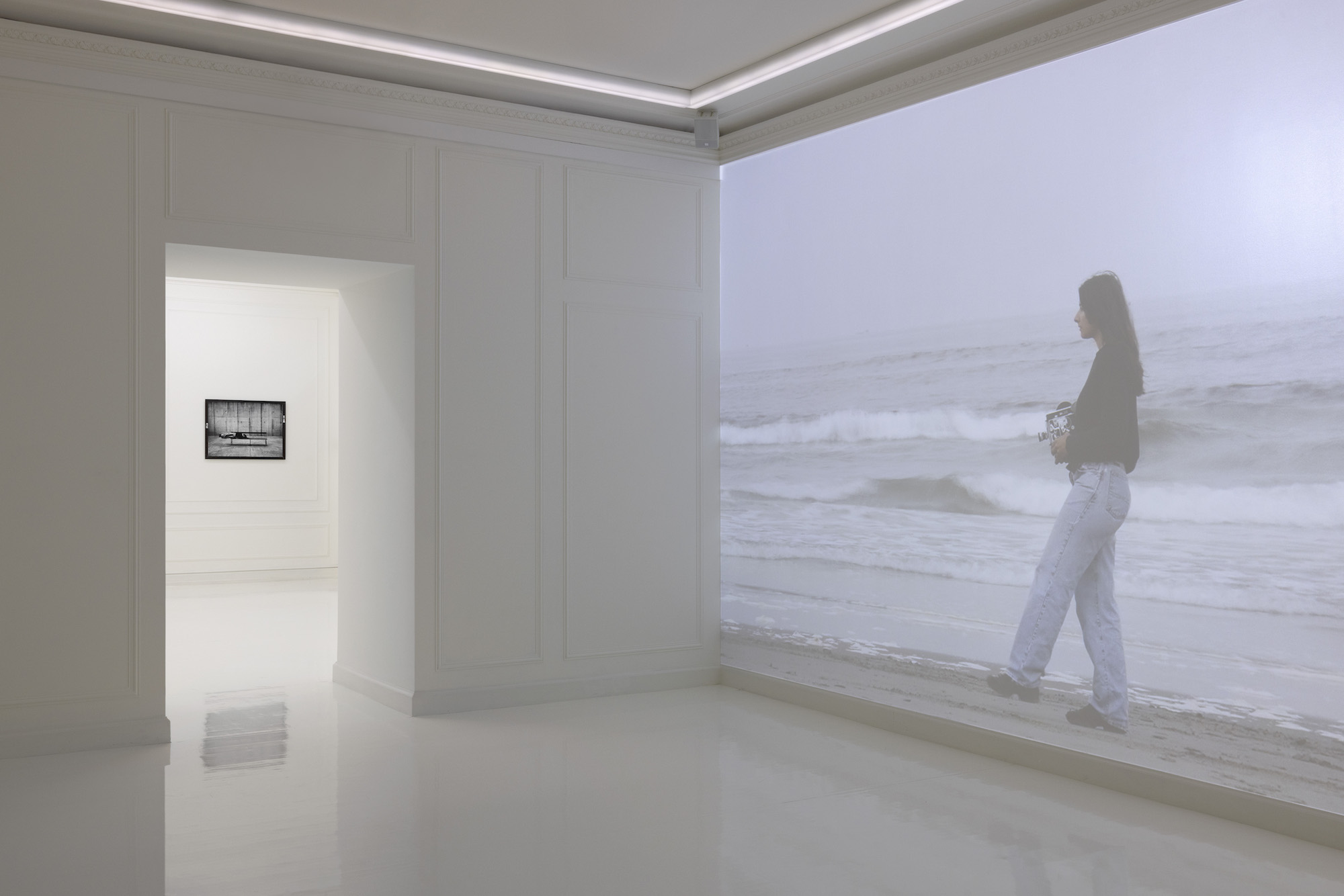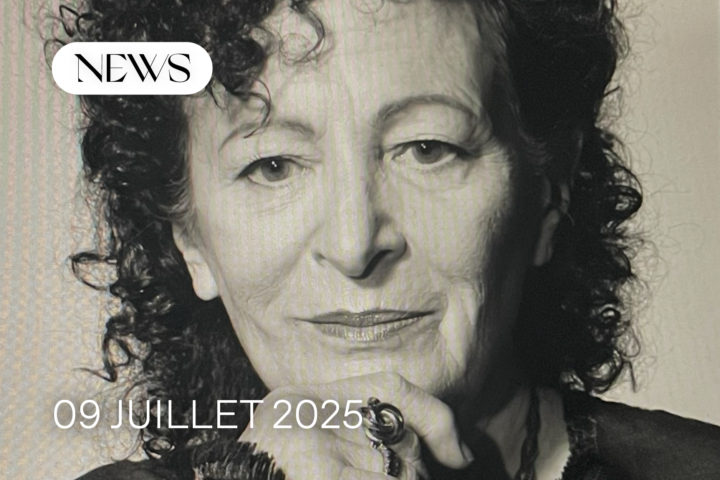By Matthieu Jacquet

Matthieu Jacquet: Your work focuses primarily on the body and dance, which you started at a very young age and it has formed an integral part of your life ever since. How has this relationship evolved?
Sarah Brahim: After I started dance at the age of three, I dedicated at least six hours a day to it for years, practising different forms of dance but also theatre and music. Very early on, all of that led me to tune into and understand my body, sensations, and emotions, but also my relationship to the environment. From the age of fourteen, I started teaching in a tap dance company. From then on I also became responsible for other people’s bodies, their physical capacities and their use of space. I learned to listen and clearly formulate what I had in mind. This experience has certainly helped me to create choreographies nowadays, as I try to guide the dancers in my videos and performances as best I can. In fact, these are often very simple movements, and the performers don’t need to be professionals or have any specific training, simply to be receptive to these non-theatrical forms.
MJ: Apparently you are also passionate about quantum physics and the hard (formal and natural) sciences, which culminated in three years of medical studies. What have you learned from all of this scientific knowledge?
SB: After high school, when I was still in the US, I was teaching and already performing as a dancer without yet knowing what I wanted to do. While I was waiting to find out, I decided to pursue more academic studies to continue studying the body, but from a theoretical perspective, through medicine. Those three years taught me a lot about anatomy, nutrition, physiology, kinesiology, but also about anthropology and the way in which our bodies experience a globalised world, reacting to migrations, public health policies, and so on. This scientific background really helped me when I arrived at the Dance Academy in London. Today, when I work on a piece, this knowledge completes my highly corporeal and sensorial relationship with the environment.

MJ: For almost a decade, you have been more involved in the contemporary art world than in dance. What was the transition like from one world to another?
SB: It wasvery organic . When I was living in London and starting my practice, I developed a passion for recording. I would film myself with my phone all over the place, dancing in front of brutalist architecture in the south of the city, for example, to see how my body interacted with these different environments. One day, a curator discovered my videos and wanted to show them in a gallery. They started inviting me to present my work, but never on stage, always in exhibition spaces and art venues. Gradually, I learned the rules of this milieu and found my place in it.. I immediately felt much more flexible than in dance : on stage dance practice is much more codified and I was often asked to justify everything, why I made this or that decision or why I combined different styles of dance. Whereas when you make art no one sets these kinds of limits and its purpose lies more in concepts and intentions. There is a lot more openness towards different fields and cross-disciplinarity between mediums and references. In art, I feel I can explore a lot more paths.
MJ: In addition to movement, visual and sound devices are crucial in your work, particularly in the relationship they create with the visitor through choices of scale, lighting and projection… Tell us why.
SB: The aim is that visitors should have such a physical experience with my works that they will perceive and feel their bodies differently afterwards. Architecture is crucial in determining the conditions of this experience, between acoustics, lighting, and of course scale, which ideally allows for a very personal dialogue with the audience. I’m interested in the work of choreographer Alexander Ekman, but also of Robert Wilson and William Kentridge, all three of whom think of their works as operas and this level of complexity is something I’m very interested in. The environment in the sense of the landscape or architecture, the body and how it fits into it,, the sound composition – everything contributes to the work’s creation. It’s a very holistic vision of creation, which really appeals to me.

MJ: How did the Villa Heleneum, the site of the Bally Foundation on the edge of Lake Lugano, inspire you to create this new exhibition
SB: It’s an incredible setting and so complex! We feel as much inside as outside here, since the landscape is so present in each room, to the point of having the impression of floating on the lake. As I’m speaking to you, from the villa, I see the water flowing in one direction, the birds flying in another, the clouds moving across the sky. This place was built in the thirties by a woman passionate about art, Hélène Bieber, who was also a dancer, and you can feel this feminine energy, physicality, domesticity, and intimacy… It’s like being in a house, at the heart of a powerful landscape.
MJ: This exhibition retraces ten years of practice, taking as its starting point the disappearance of your mother. How did you orchestrate this journey?
SB: Many of my early projects focused on the loss of a loved one and the way we experience it with our bodies.. n my more recent works, I’m exploring its transformation, the way memory influences our relationship with time, how to distance ourselves from the feeling of loss by stepping outside our bodies. At the Bally Foundation, I’m presenting six video installations, sculptures, and photographs. On the first floor, the body is still very tangible, we start with very physical elements, such as my father rubbing stones to create a spark, and this rubbing is like a heartbeat. . Then, as the exhibition progresses, the bodies seem lighter, almost levitating, revealing a more spiritual dimension.. On the second floor, the focus is on the recording of souvenirs, questioning the power of memory and forgotten memories.. As we move through the exhibition rooms,, we shift from the embodiment to the transcended body, finally ending up in the meanders of the mind.




